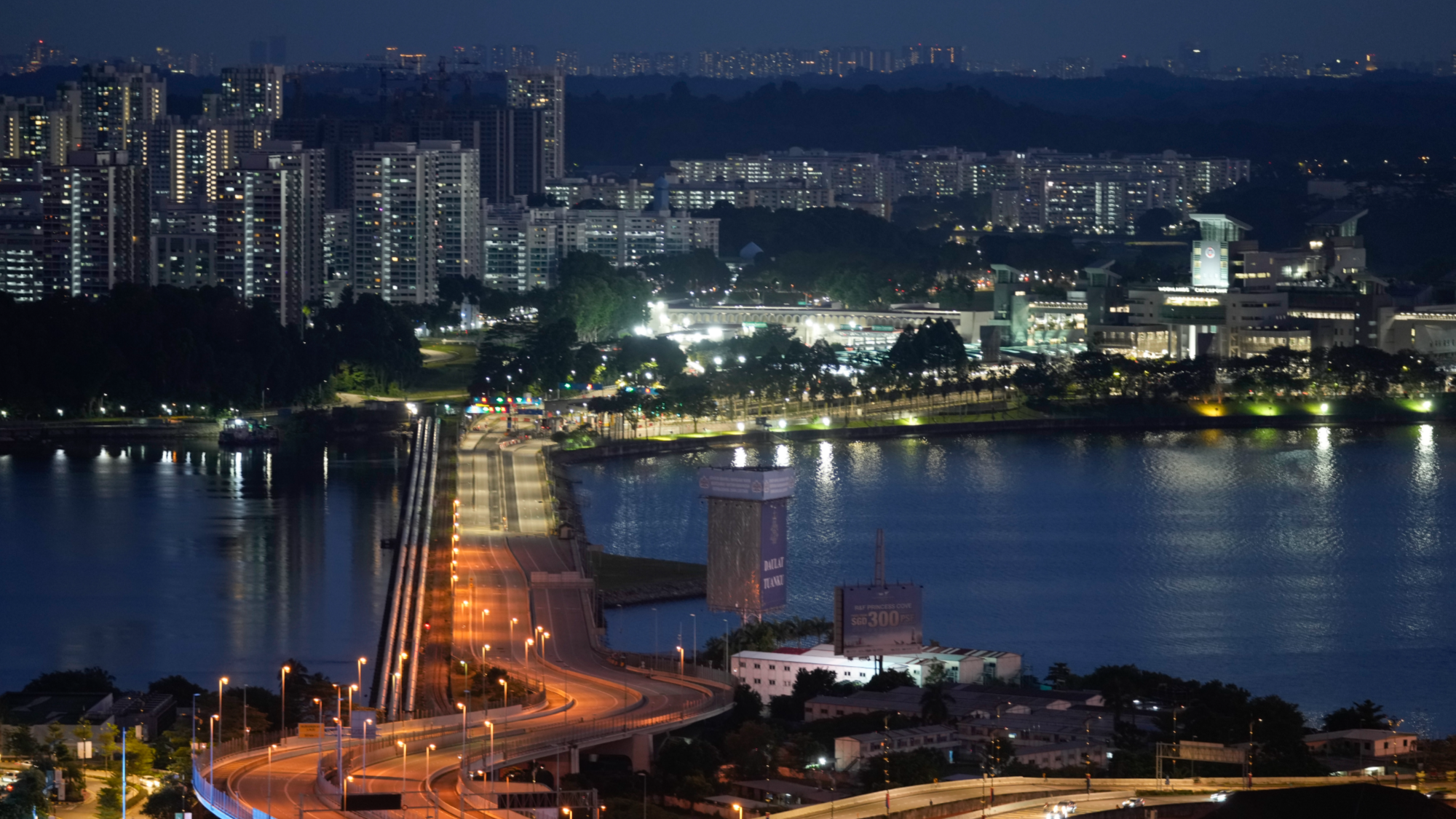
SINGAPORE - Southeast Asia needs to increase clean energy investments to $190 billion, about five times the current level, by 2035 to achieve its climate goals, the International Energy Agency said on Tuesday.
Ramping up energy investments needs to be accompanied by strategies to reduce emissions from the region's relatively young fleet of coal-fired plants, the IEA said in a report.
It added that rapid economic expansions were expected to pose challenges for energy security and climate goals.
READ MORE: Indonesia's president urges developed nations to invest in green economy
However, a push to close coal power plants in emerging markets, backed by rich Western nations, is facing delays after a July deadline passed without a deal on the early closure of an Indonesian pilot project.
Electricity demand in Southeast Asia is set to grow at an annual rate of 4 percent in the coming years, with clean energy sources such as wind and solar, alongside modern bioenergy and geothermal power, projected to meet more than a third of the growth in energy demand in the region by 2035, the IEA report says.
Still, it would not be enough to rein in the region's energy-related carbon dioxide (CO2) emissions, which are set to increase by 35 percent between now and mid-century, it says.
"Clean energy technologies are not expanding quickly enough and the continued heavy reliance on fossil fuel imports is leaving countries highly exposed to future risks," the IEA's executive director Fatih Birol said.
The region as a whole attracts only 2 percent of global clean energy investment despite accounting for 6 percent of global GDP, 5 percent of global energy demand and being home to 9 percent of the world's population, according to the report.
READ MORE: Leading into the Future: Malaysia can look to green and resilient ASEAN 2100
Expanding and modernizing the region's power grids to support greater shares of variable renewable energy will require annual investment to double to nearly $30 billion by 2035, the IEA said.


